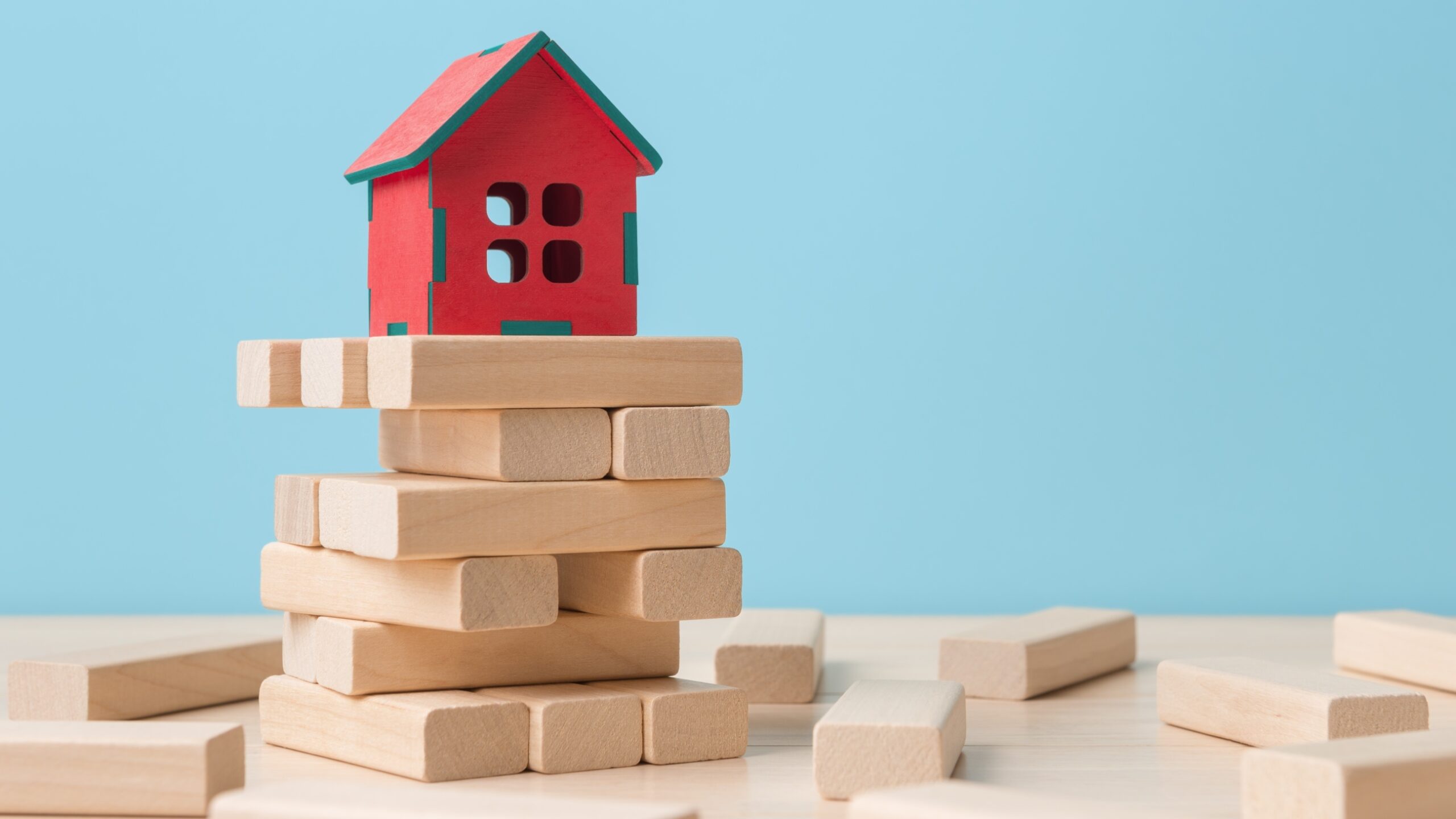
A new analysis, based on the latest house price index, suggests that capital appreciation on residential properties has been low in the past year.
This week’s Halifax price index shows the market remaining steady in June, with the average price effectively unchanged over the month, following a slight drop of -0.3% in May. At £296,665, the average house price is still around +2.5% higher than this time last year.
Amanda Bryden, head of mortgages at the lender, says: “The market’s resilience continues to stand out and, after a brief slowdown following the spring stamp duty changes, mortgage approvals and property transactions have both picked up, with more buyers returning to the market. That’s being helped by a few key factors: wages are still rising, which is easing some of the pressure on affordability, and interest rates have stabilised in recent months, giving people more confidence to plan ahead.”
But Sarah Coles, head of personal finance at business consultancy Hargreaves Lansdown, offers a different take and says: “House prices have grown at roughly half the pace of the most competitive easy access savings accounts over the past year. It’s a useful reminder that investing in property – or overstretching yourself for a home you can ill-afford – isn’t always as safe as houses.
“Prices were flat in June, although there were some signs that mortgage approvals finally picked up a little in May, so we could see a bit more activity later in the summer. This isn’t going to be a spectacular late summer bloom though, especially as tax speculation is starting to kick off again, raising concerns about how stretched people’s finances are going to be in the coming months.
“A major problem is that homes have become so expensive that it’s pushing affordability to the limit. And while mortgage rates have fallen, they’re not dropping particularly fast and remain much higher than we have been used to in the previous few years. It’s one reason why property sales are stronger in parts of the country where prices tend to be lower.
“Lenders have reacted to higher house prices by offering more flexibility over how much people can borrow. However, if you’re considering stretching your finances to buy a new home, at a time when prices are so sluggish, it’s vital not to push yourself to the brink and end up being forced to sell at a time when prices may not have risen enough to cover your costs.”
The Halifax data shows that Northern Ireland once again recorded the fastest pace of annual property price inflation in the UK, up by +9.6% over the past year. The typical home now costs £212,189.
Scotland recorded the next strongest annual house price growth in June, increasing by +4.9% with average prices now at £214,891.
Property prices in Wales were up +3.9%, to an average of £229,622.
Among English regions the North West has the highest rate of property price inflation, up +4.4% over the last year to £241,938.
The South West and London continue to see more subdued growth, with prices rising by just +0.5% and +0.6% respectively. However, the capital remains by far the most expensive part of the UK, with the average home now priced at £540,048.
Please visit:
Our Sponsor
